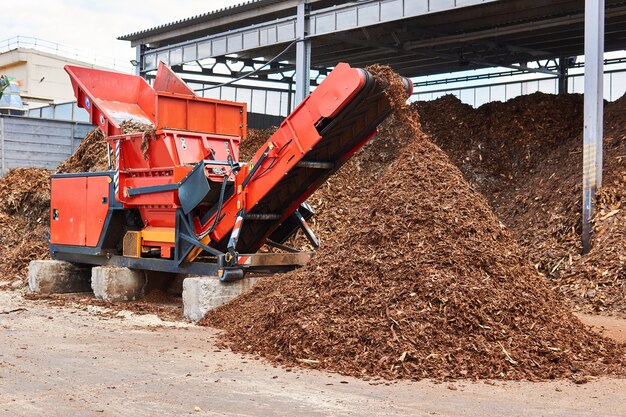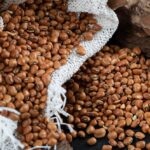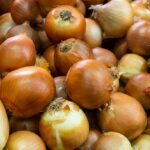Composting is an essential practice for sustainable farming, helping to recycle organic waste into nutrient-rich soil enhancers. Properly using composting equipment ensures efficient decomposition, reduces waste, and enriches your soil for healthier crops. Here’s a guide on how to use composting equipment effectively for soil enrichment.
1. Understand the Benefits of Composting
Composting improves soil structure, enhances water retention, and provides essential nutrients to plants. It also reduces the need for chemical fertilizers and helps manage farm waste sustainably.
2. Choose the Right Composting Equipment
The type of equipment you need depends on the scale of your operation and the materials available. Common composting tools include:
- Compost bins: Ideal for small-scale operations or home gardens.
- Compost tumblers: Useful for quick and efficient composting on small farms.
- Windrow turners: Designed for large-scale farms to manage long piles of compost.
- Shredders or chippers: For breaking down tough organic materials like branches or corn stalks.
- Aerators: Tools that ensure proper oxygen flow in the compost pile.
3. Prepare Your Composting Site
Choose a well-drained, shaded area for composting. If using windrow or pile systems, ensure the site is flat and away from water sources to avoid runoff contamination.
4. Gather Composting Materials
Composting requires a balanced mix of:
- Greens (nitrogen-rich materials): Fresh grass clippings, vegetable scraps, and manure.
- Browns (carbon-rich materials): Dry leaves, straw, wood chips, and cardboard.
Avoid adding materials like meat, dairy, or diseased plants to prevent odors and pests.
5. Load the Composting Equipment
- For bins or tumblers: Alternate layers of greens and browns, ensuring a good balance.
- For windrows: Create long piles of organic material, keeping the layers mixed. Use a windrow turner for large-scale operations to ensure uniform mixing.
Maintain a ratio of 2-3 parts browns to 1 part greens for optimal decomposition.
6. Monitor Moisture and Aeration
Proper moisture levels and aeration are critical for composting.
- Moisture: The compost should feel like a damp sponge. Add water if it’s too dry or mix in dry materials if it’s too wet.
- Aeration: Use a pitchfork, aerator, or mechanical turner to mix the pile every few weeks. Oxygen is essential for microbial activity.
7. Check Temperature
Decomposition generates heat, and maintaining the right temperature range is crucial.
- Compost should reach 55-65°C to kill pathogens and weed seeds.
- Use a compost thermometer to monitor. If the temperature drops below the optimal range, turn the pile to introduce more oxygen.
8. Understand the Composting Timeline
Composting takes 2-6 months, depending on the materials and methods used.
- Hot composting: Accelerates decomposition but requires frequent turning.
- Cold composting: Slower but less labor-intensive.
Finished compost will have a dark, crumbly texture and an earthy smell.
9. Use the Finished Compost for Soil Enrichment
Once the compost is ready, it can be applied to your fields or garden:
- As a top dressing: Spread compost evenly over the soil surface to enrich nutrients.
- In planting holes: Mix compost with soil when planting crops or trees.
- For mulching: Apply compost around plants to conserve moisture and suppress weeds.
- For soil amendment: Incorporate compost into the soil during plowing or seedbed preparation to improve structure and fertility.
10. Maintain Composting Equipment
To ensure longevity and efficiency:
- Clean tools and equipment after use to prevent buildup and rust.
- Lubricate mechanical parts regularly.
- Store equipment in a dry area to protect it from the elements.
Composting is an eco-friendly way to enhance soil fertility while reducing farm waste. By using composting equipment correctly, South African farmers can create high-quality compost that enriches the soil, boosts crop yields, and supports sustainable farming practices. A little effort in composting today can lead to healthier soils and more productive harvests in the future.







